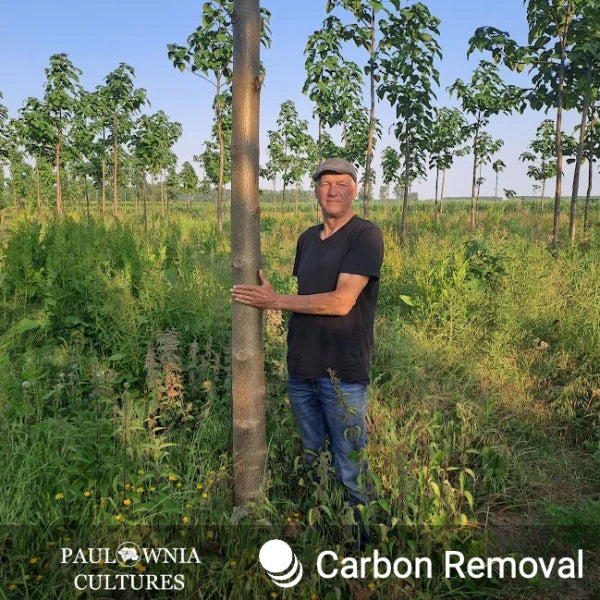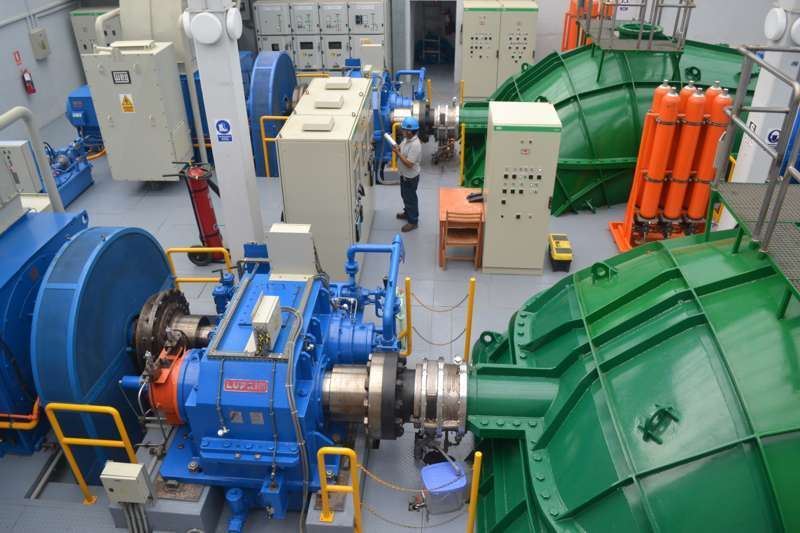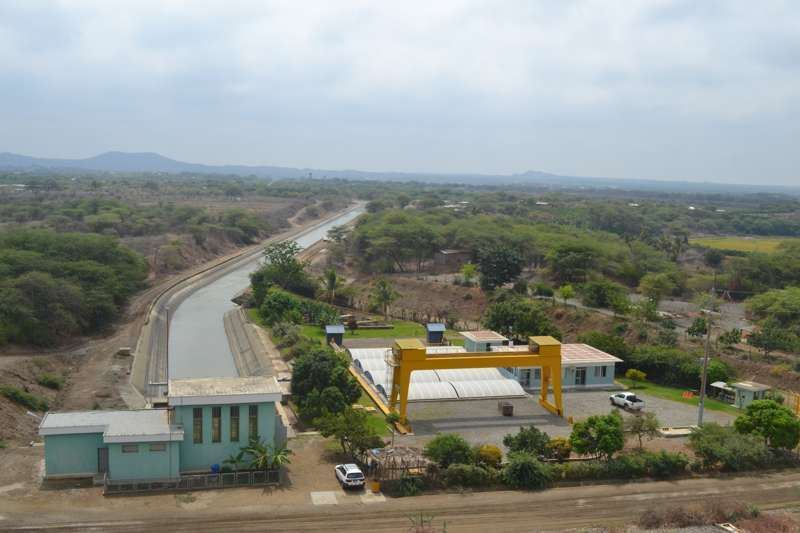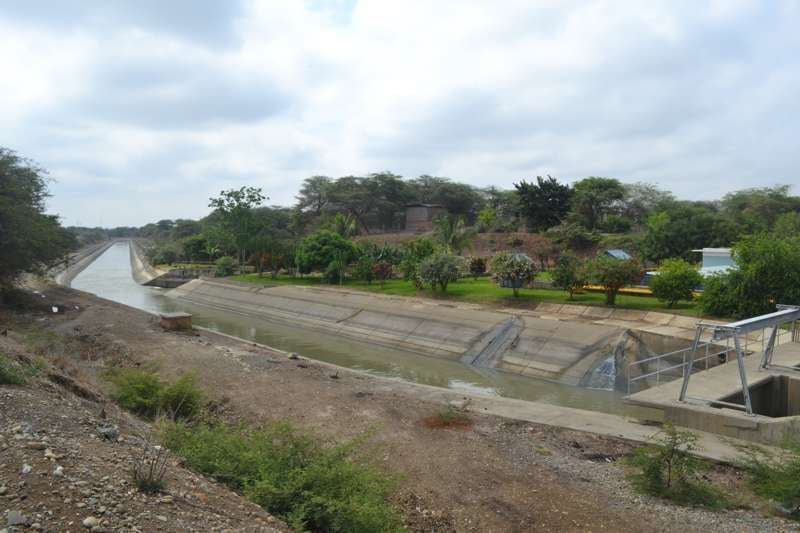LACPE HYDRO1 - Poechos 50MW Hydro plant providing green energy to the local community in Peru
LACPE HYDRO1 - Poechos 50MW Hydro plant providing green energy to the local community in Peru
86159 in stock
Couldn't load pickup availability
The Project’s capacity is 10 MW with a projected yearly average generation of 49,530 MWh. The Project is estimated to displace 19,582 tCO2e per year. Methane and carbon dioxide that may be emitted to the atmosphere as a result of the construction and operation of the Project are negligible.
Poechos II takes advantage of the existing Poechos dam, which is 48 meters high and approximately 1,000 m long, with a water discharge of 60 m³/s. The dam was constructed between 1971 and 1974 exclusively as an irrigation system. Poechos II’s machine house was built downstream at the intake of the diversion channel, which transports water for irrigation purposes. The Project takes advantage of the 20 m drop between the water level of the Poechos reservoir and the water level of the diversion channel. Water discharges for agricultural needs always have priority over water required for power generation. The Project has not the facilities to discharge water for power generation, because control of the discharges is managed by the Agricultural Authority of the Piura Region, except in the case when the Poechos reservoir is full and there are overflows of water that can be used for hydropower generation without any restrictions.
The spatial extent of the project boundary is the National Electric Grid (SEIN). Poechos II is connected to the SEIN through a substation. The Project is expected to have a minimum plant operating life of 40 years.
The project started to deliver electricity to the grid in May, 2009.
The project contributes to sustainable development by:
- Helping SEIN keep thermal power plants shut down and use them only for stand-by power generation, thus displacing expensive generation fired by heavy fuel, diesel, coal and natural gas, while reducing GHG emissions;
- Employing local labor in construction and plant management;
- Purifying and cleaning the water used for irrigation;
- Facilitating electricity access by serving local demand;
- Contributing to Peru’s fiscal accounts through the payment of taxes;
- Helping Peru improve its hydrocarbon trade balance through reduction of oil imports to be used for electricity generation;
- Improving local education and technical training opportunities.
Minimum amount of Carbon Credits: 400
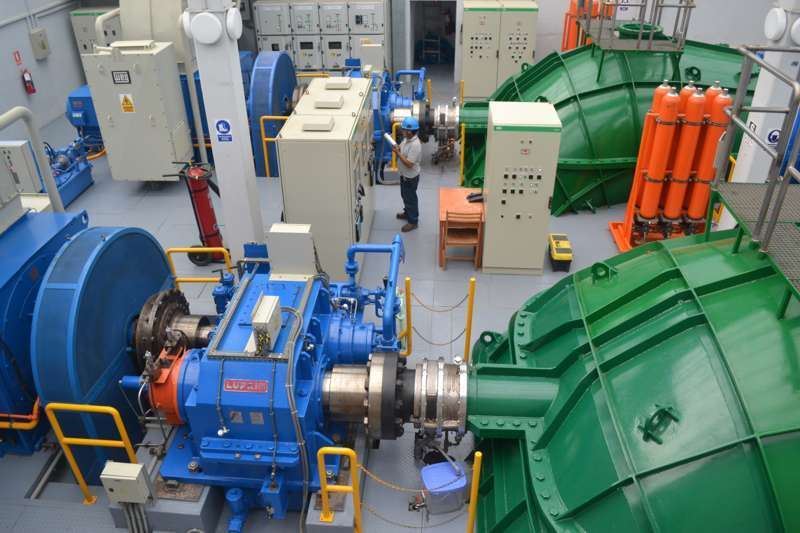
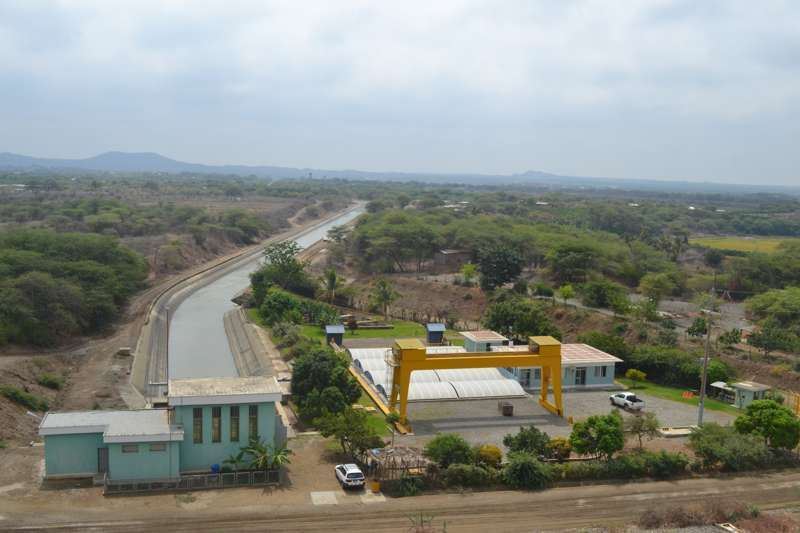
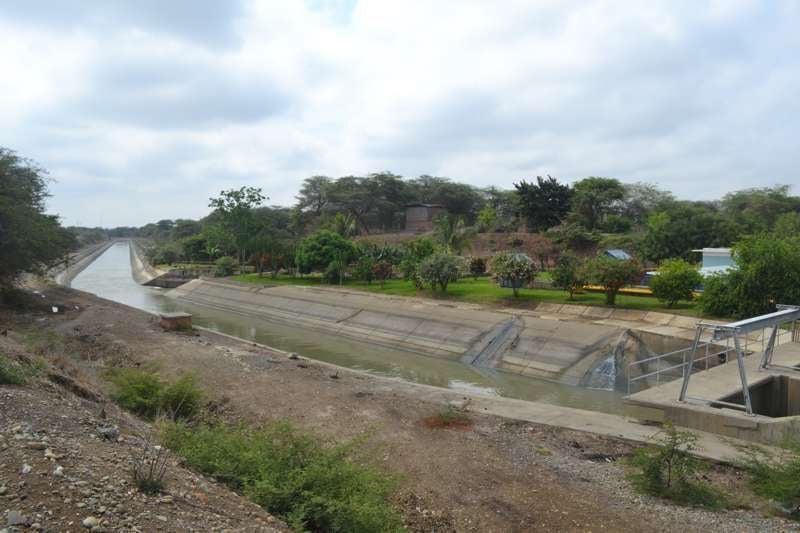
Certificates
-
CO2 removal
Amount of carbon removed:
tCO2e
(= x1000 kg CO2 emitted)
-
-
Other information
Project goals
-
Objectives
-
Sustainable Development Goals
United Nations SDGs
Project Information
-
Project
Project Manager:
Status
Planning
-
Local Management
Link
Sustainable Development Goals
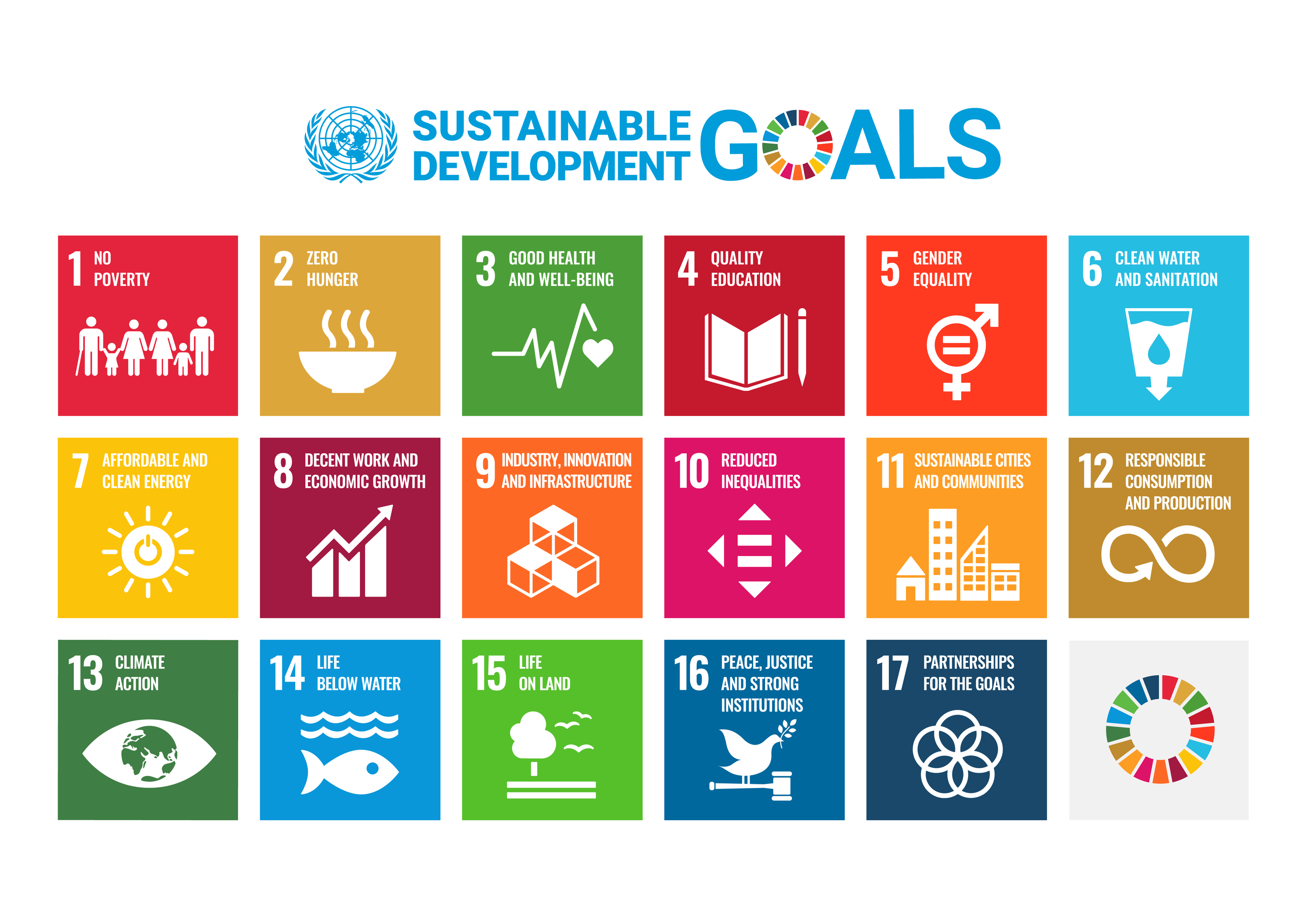
1: No poverty
There are many reasons, but in short, because as human beings, our well- being is linked to each other. Growing inequality is detrimental to economic growth and undermines social cohesion, increas- ing political and social tensions and, in some circumstances, driving instability and conflicts.
The private sector has a major role to play in determining whether the growth it creates is inclusive and contributes to poverty reduction. It can promote economic opportunities for the poor.
5: Gender equality
Regardless of where you live in, gender equality is a fundamental human right. Advancing gender equality is critical to all areas of a healthy society, from reducing poverty to promoting the health, education, protection and the well-being of girls and boys.
We fund education campaigns to curb cultural practices like female genital mutilation and change harmful laws that limit the rights of women and girls and prevent them from achieving their full potential.
8: Decent work and economic growth
Goal 8 is about promoting inclusive and sustainable economic growth, employment and decent work for all. Decent work means opportunities for everyone to get work that is productive and delivers a fair income, security in the workplace and social protection for families, better prospects for personal development and social integration. A continued lack of decent work opportunities, insufficient investments and under-consumption lead to an erosion of the basic social contract underlying democratic societies: that all must share in progress.
Providing youth the best opportunity to transition to a decent job calls for investing in education and training of the highest possible quality, providing youth with skills that match labour market demands, giving them access to social protection and basic services regardless of their contract type, as well as leveling the playing field so that all aspiring youth can attain productive employment regardless of their gender, income level or socio-economic background.
Governments can work to build dynamic, sustainable, innovative and people-centred economies, promoting youth employment and women’s economic empowerment, in particular, and decent work for all.
Implementing adequate health and safety measures and promoting supportive working environments are fundamental to protecting the safety of workers, especially relevant for health workers and those providing essential services.
13: Climate action
very person, in every country in every continent will be impacted in some shape or form by climate change. There is a climate cataclysm looming, and we are underprepared for what this could mean.
Businesses and investors need to ensure emissions are lowered, not just because it is the right thing to do, but because it makes economic and business sense as well.
15: Life on land
Goal 15 is about conserving life on land. It is to protect and restore terrestrial ecosystems, sustainably manage forests, combat desertification, and halt and reverse land degradation and stop biodiversity loss.
